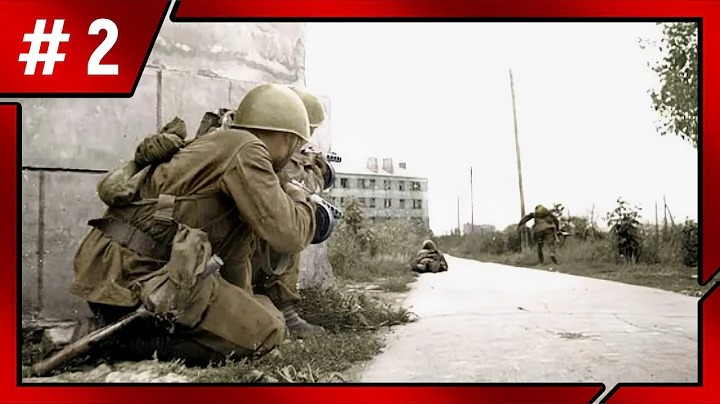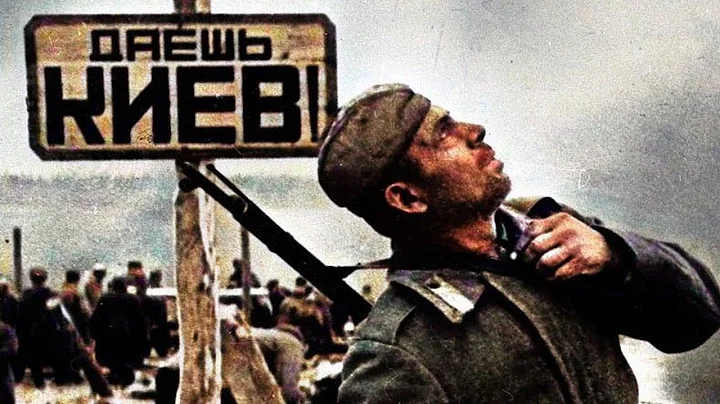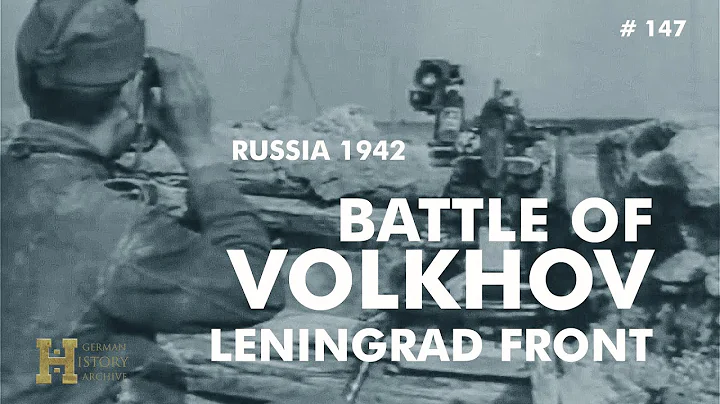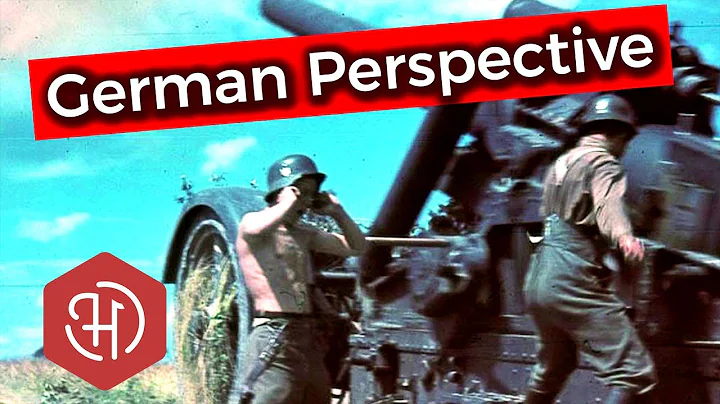Perspective: Consider the Mirror
In the spring of 1941, enemy forces (more than 150 divisions, approximately 3.8 million men) invaded along the East Coast of the United States from Maine to Florida.
Although we had a sizable army, the suddenness and ferocity of the attack caused the American troops to quickly fall back hundreds of miles. The losses were huge: entire American troops were destroyed and captured.

By December 1942, enemy forces had crossed a front that stretched from Chicago in the north to Houston in the south. They're on the doorstep of the nation's capital, now in St. Louis. They captured or besieged most major American cities.
Still smarting from our failed but bloody attempt to invade them a few years ago, Canadians are now allied with the enemy. They occupied American troops on our northern border and assisted in the siege of Chicago.
Although Chicago withstood the 900-day siege, hundreds of thousands died of hunger and cold. The Great Lakes are the graveyard of countless supply vehicles and troops who died trying to lift the siege. An estimated 1.5 million civilians and military personnel died. Only 700,000 people were alive out of a pre-war population of 3.5 million.
An enemy attempt to seize the Southwest's rich oil reserves was thwarted during the winter siege of Houston, in which one army was destroyed.
The enemy uses racial and ethnic hatred against civilians in occupied territories. Fierce partisan resistance led to a cycle of war crimes against civilians.
A large part of the main population and industrial centers was occupied and the civilian population was displaced.
Military deaths: 10 million
Civilian deaths due to military operations as well as famine and disease: 16 million
Nearly 14% of the total population was killed

“In the first 6 months of the invasion, [enemy] forces managed to occupy or isolate Before World War II the territory accounted for more than 60% of total coal, pig iron, and aluminum production. Nearly 40% of total grain production and 60% of livestock losses. In addition, the region had 40% of the pre-war population and 32% of the total. The state-owned enterprise workforce and one-third of the state-owned enterprise sector’s fixed capital assets” - from Wikipedia
This is pretty much what happened in Russia during World War II:
(The previous story is all true, except for the name.)
United States = Soviet Union
Chicago = Leningrad
Houston = Stalingrad
St. Louis = Moscow
Canada = Finland
The ratio of Axis forces committed to the Eastern Front was at least 4:1. Allied commanders agreed that without Russia's active participation, Allied losses in the western invasion would be almost unbearable.
Addendum (less than a day after posting):
Wow. Thousands of views and hundreds of upvotes. Great to see this activity. It's a little disappointing to see the relentless focus on "how and why Axis forces could never stage an amphibious invasion of the United States."
Thanks to Scott Kanna and Ron Larson for the "explanations":
"The author is simply describing what happened in the Soviet Union during Operation Barbarossa so that American audiences understand what happened to the Russians in WWII."
"Commentator...the story is An analogy. You have to suspend your transatlantic questions and assume Germany has full access to the coast.

Yes. This is one of the reasons why I never mentioned Germany or the Axis Powers in my article. Simply ‘the enemy’.
This article repeats a hypothetical scenario that appealed to me because it simply and powerfully placed the impact of the 1941 invasion of Russia into an understandable context—especially for Americans. And this situation indeed holds a remarkable mirror up to history.
For those who are still confused: this is a form of limited analogy (defined below) - not a literal comparison. Do we understand what “analogy” means?
A comparison between two things, usually to explain or clarify
Something that corresponds to or is partially similar to
and is comparable to something else in an important way.
The key terms here are "in part" and "in important respects"
... as opposed to shallow nitpicking.
Please note: Most of us grasp the undeniable fact that Russia does not have much of a coastline to the west, just like the United States does not have major landmass to the east. They never have. They never will. You win...I guess.
I posted this article on my own website with the title:
Barbarossa : There are other interesting things on the US
website. You all come to visit…





















